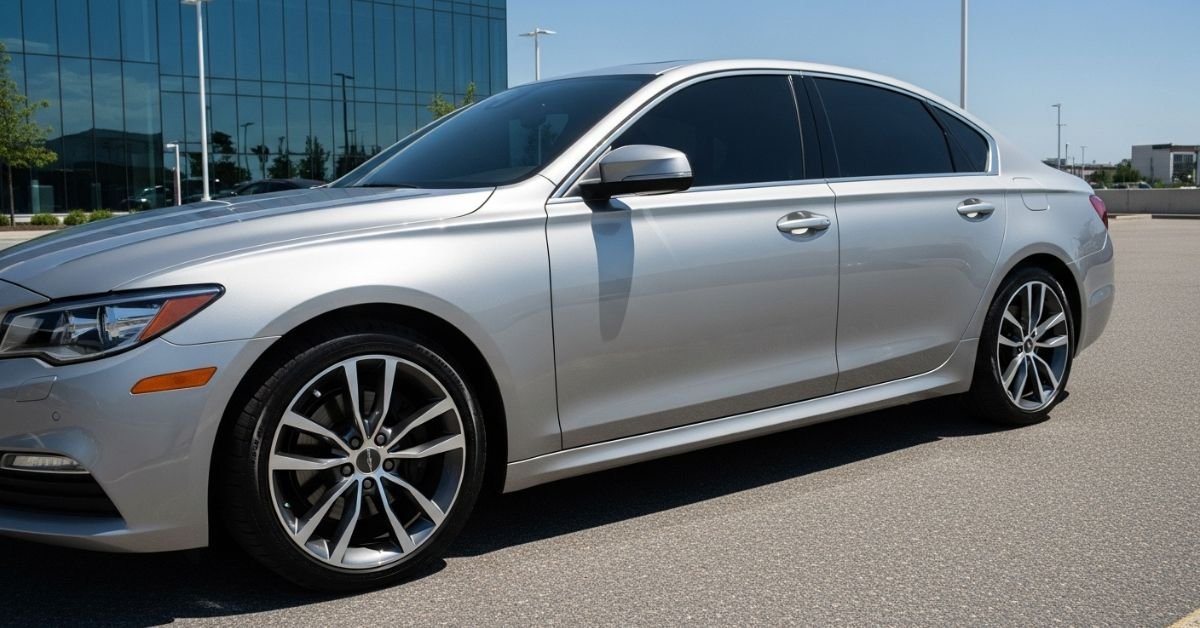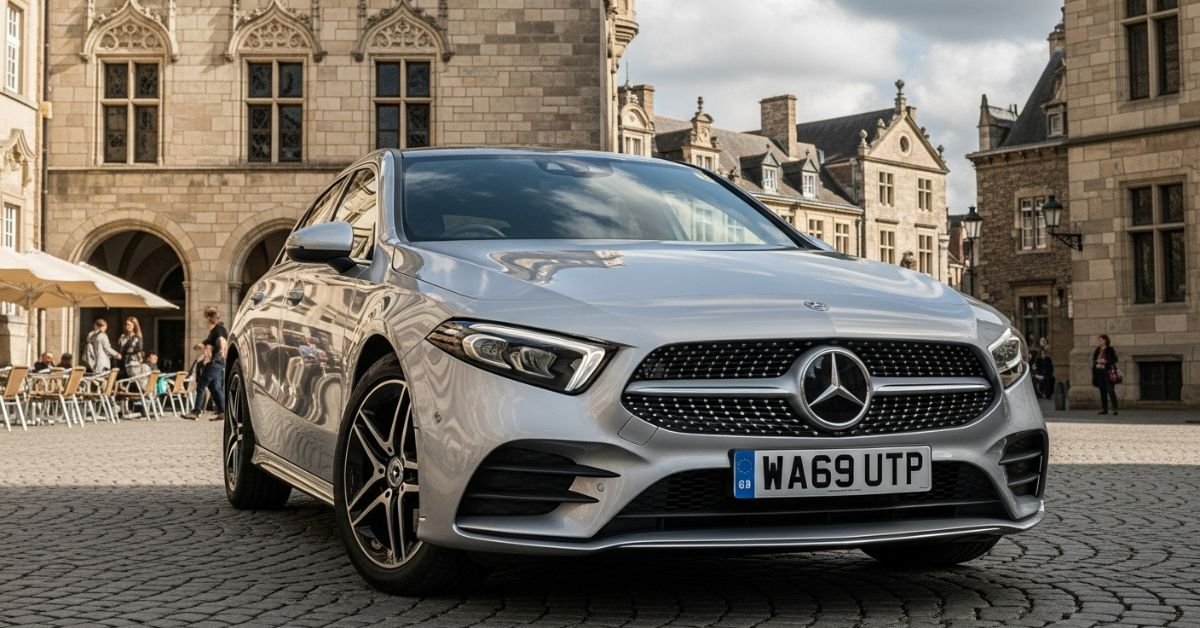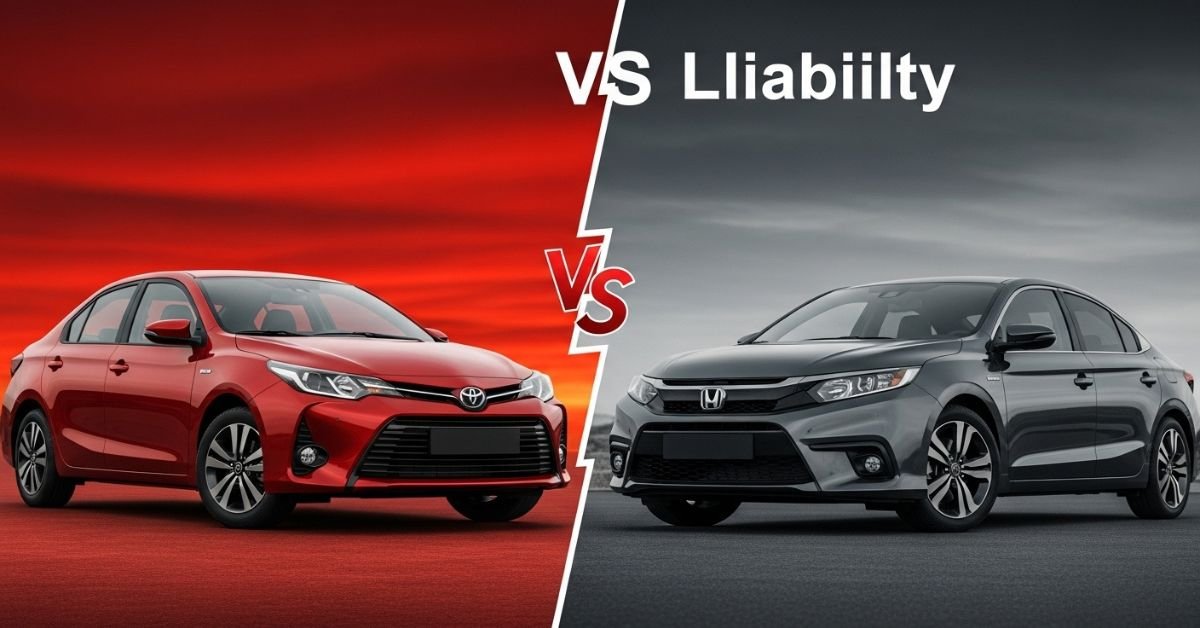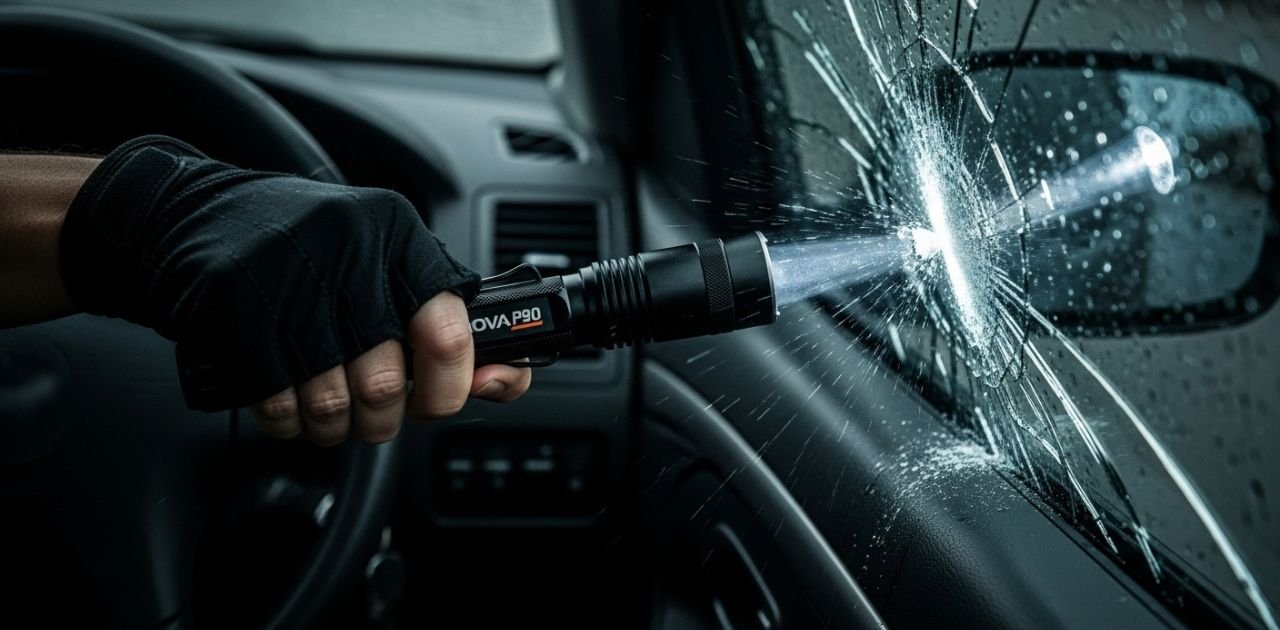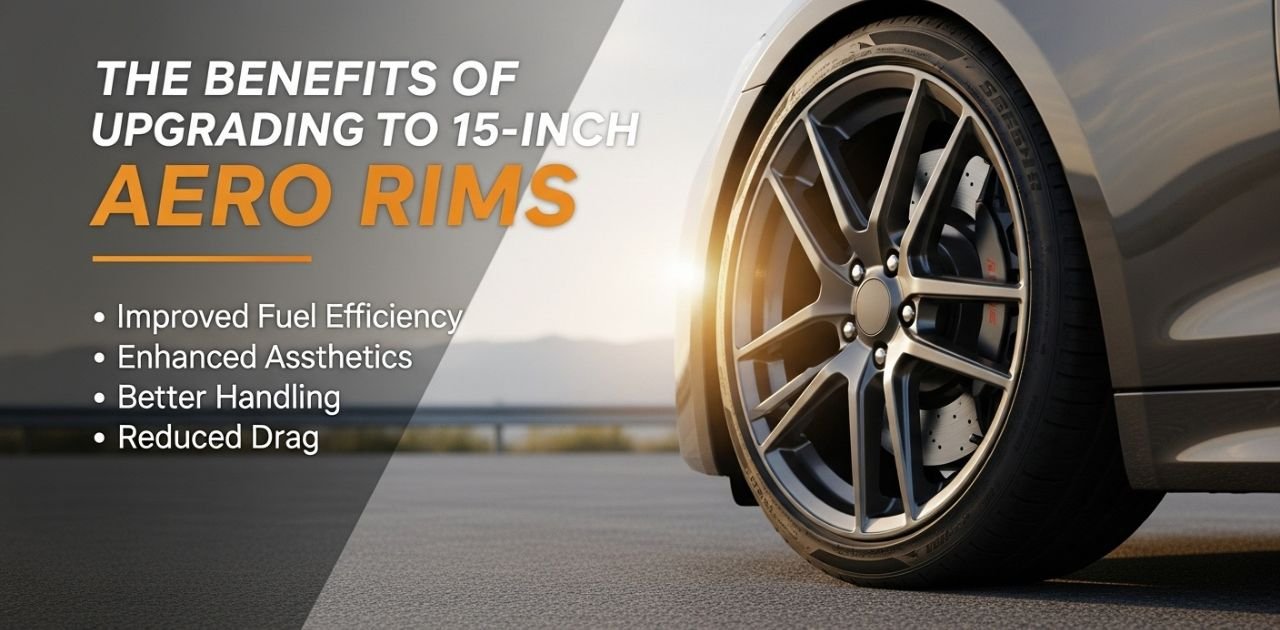Car tinting isn’t just a style choice; it’s a game-changer for your vehicle. Imagine cruising down the highway with an extra layer of protection from harmful UV rays, enhanced privacy, and that sleek aesthetic everyone notices. Whether you’re looking to keep your car’s interior cool or simply want to elevate its appearance, understanding how much car tint costs is vital.
As we dive into this comprehensive guide for 2025, we’ll explore everything from the benefits of window tinting to the factors that influence pricing. So buckle up—your journey towards tinted windows starts here!
Contents
What is Car Tinting?
Car tinting involves applying a thin film to your vehicle’s windows. This film comes in various shades and materials, offering different levels of darkness and UV protection.
The process can be done on any glass surface—windshields, side windows, or rear windows. Tint films are typically made from dyed polyester or metalized layers that reflect heat.
Besides aesthetics, car tinting serves practical purposes. It helps regulate the temperature inside your vehicle by blocking out sunlight. Additionally, it enhances privacy for passengers and belongings while deterring break-ins by obscuring visibility into the cabin.
Many people choose car tinting not only for comfort but also for safety reasons. Tinted windows can help reduce glare from bright sunlight or headlights at night, making driving more enjoyable and secure.
The Benefits of Car Tinting
Car tinting offers a myriad of benefits that extend beyond aesthetics. One of the most notable advantages is UV protection. Tints can block up to 99% of harmful ultraviolet rays, safeguarding both passengers and the car’s interior.
Heat reduction is another significant perk. Tinted windows help keep your vehicle cooler on hot days, reducing reliance on air conditioning and enhancing fuel efficiency.
Privacy is also enhanced with window tints. It discourages prying eyes while protecting your belongings from potential theft.
Additionally, tinted windows improve glare reduction. This makes driving more comfortable during bright sunlight conditions, ensuring clearer visibility for you behind the wheel.
It can add an appealing look to your vehicle’s overall design, giving it a sleek aesthetic that stands out on the road.
Factors that Affect Car Tint Cost
Several factors influence the cost of car tinting. One key element is the type of film used. Premium films often come with advanced features, such as UV protection or enhanced durability, driving up the price.
The size and number of windows also play a significant role. Larger vehicles or those with more windows require more material and labor, increasing overall expenses.
Location can affect costs too. Prices may vary depending on regional demand for car tinting services. Urban areas typically have higher rates due to increased competition and operating costs.
Installation complexity shouldn’t be overlooked either. If your vehicle has unique shapes or requires intricate cuts, expect additional charges for skilled labor.
Whether you choose a DIY approach or professional installation will drastically change your budget. Weighing these factors will help clarify potential costs before making any decisions.
Types of Window Tints and Their Average Cost
When exploring window tints, several options stand out, each with unique features and costs.
Dyed film is one of the most affordable choices available. It provides privacy and reduces glare but may fade over time. Expect to pay around $100 to $400 for a full car installation.
Metalized tint offers better durability and heat rejection due to its reflective properties. This type typically ranges from $250 to $600, depending on vehicle size.
Ceramic tint stands out for its superior performance without interfering with signals or visibility. While it sits at the higher end of the scale, costing between $500 and $1,200, many consider it worth the investment.
There’s clear ceramic film that blocks UV rays while maintaining transparency—the ideal choice if you want protection without altering your car’s appearance. Prices can vary widely in this category as well but generally start around $300.
DIY vs Professional Installation
Choosing between DIY and professional installation for car tint can be a tough decision.
DIY kits are widely available, often at a fraction of the cost of hiring an expert. With patience and the right tools, many enthusiasts find satisfaction in completing this project themselves. You might enjoy the freedom to choose your own materials and techniques.
On the other hand, professional installers bring experience and expertise to ensure a flawless finish. They understand local regulations regarding tint darkness and type, which can save you from potential legal issues later on.
Professional services also typically offer warranties that protect against bubbling or peeling, providing peace of mind. If you’re looking for high-quality results without the hassle, going with an expert may be worth considering.
However, if you’re confident in your skills and want to save some money, tackling it yourself could lead to rewarding results—just be ready for challenges along the way.
Tips for Choosing the Right Window Tint
Choosing the right window tint requires careful consideration. Start by assessing your needs. Are you looking for privacy, UV protection, or heat reduction?
Next, check local regulations regarding tint darkness and reflectivity. Laws vary widely and staying compliant is crucial to avoid fines.
Consider the type of film that suits your lifestyle. Dyed films are economical but may fade over time. Metalized options offer durability and better heat rejection.
Think about installation as well. Professional application ensures a smooth finish without bubbles or imperfections, while DIY kits can save money but require patience and skill.
Read reviews and ask for recommendations from trusted sources. Quality can significantly impact performance and longevity of the tint on your vehicle’s windows.
Read Our Latest Post!
Car Tint Guide – Benefits, Types, and Legal Regulations
Conclusion
Car tinting is more than just an aesthetic upgrade. It offers practical benefits that enhance your driving experience. The right window film can reduce glare, protect against UV rays, and keep your car’s interior cooler.
When considering a tint job, understanding the costs involved is crucial. Factors such as the type of film used and whether you choose DIY or professional installation can significantly influence expenses.
Choosing the perfect tint requires some research. Be sure to assess different options based on local regulations and personal preferences.
Tinting also adds value to your vehicle while providing privacy and security. A well-done installation not only looks great but enhances overall comfort during drives.
With careful consideration of all these elements, you’re equipped to make an informed decision about investing in car tinting for 2025 and beyond.
FAQs
Curious minds often have questions about car tinting. Here’s a quick rundown of some frequently asked questions.
How much does car tinting typically cost?
The average cost ranges from $200 to $600, depending on various factors such as the type of film and the size of your vehicle.
Is window tint permanent?
Most window tints are designed to last several years. However, factors like sun exposure and maintenance can affect their longevity.
Can I remove window tint myself?
Yes, it is possible to remove window tint yourself. However, for best results without damaging the glass or leaving residue, consider hiring a professional.
Does tinted windows block UV rays?
Absolutely! High-quality tints can block up to 99% of harmful UV rays, protecting both you and your vehicle’s interior.
Are there legal restrictions on window tinting?
Yes, laws vary by state regarding how dark or reflective your windows can be. Always check local regulations before installing any window film.
What if my tinted windows bubble or peel?
This could indicate poor installation or low-quality film. If you notice this issue shortly after installation, consult with the installer for potential warranty claims.
